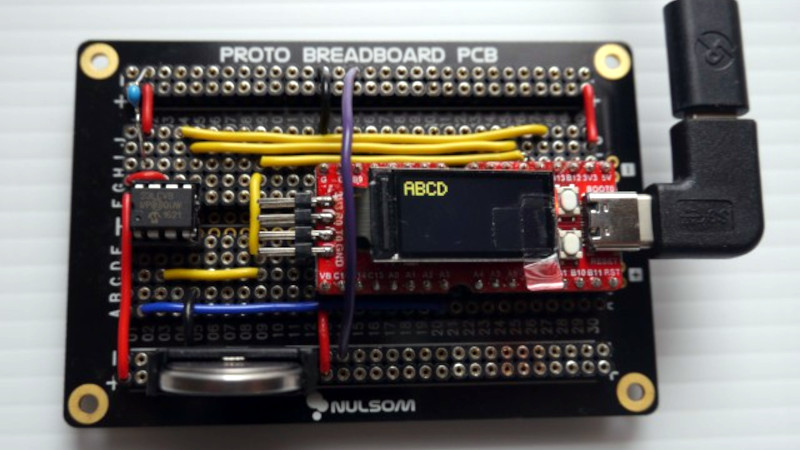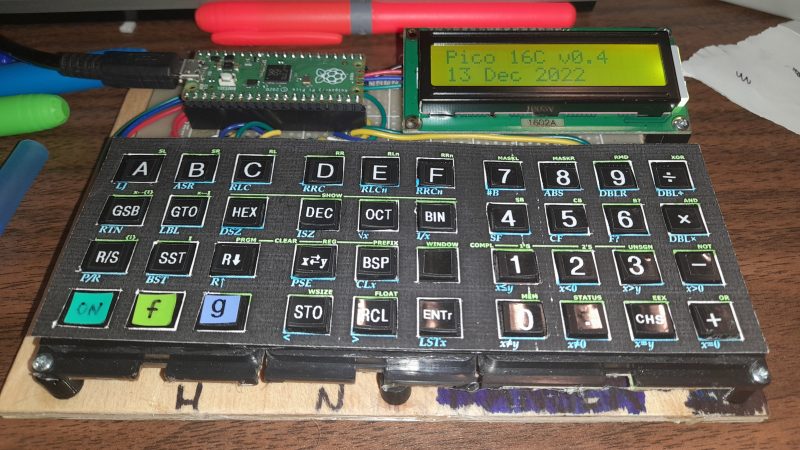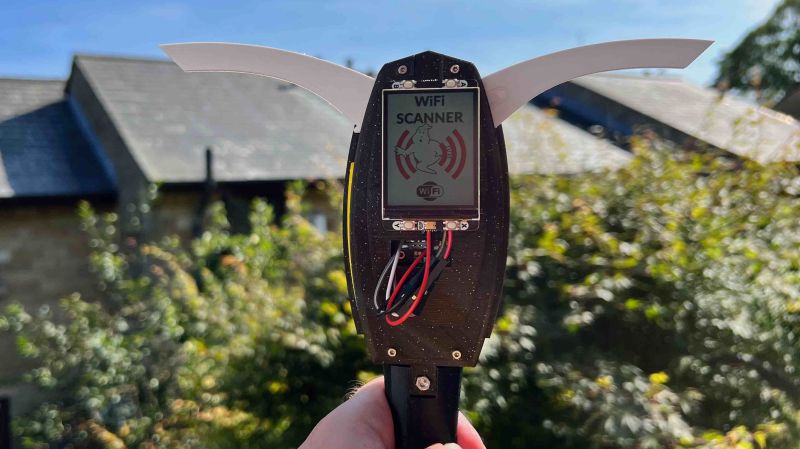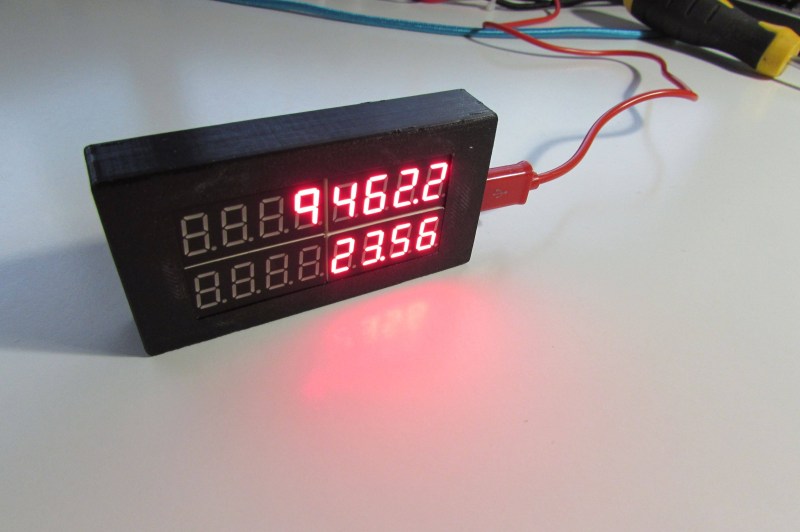
Over the decades there have been many programming languages, some of which have flowered briefly, and others that have stuck around despite newer, better, and faster competition. Few languages embody this last group more than FORTH, over five decades old and still cropping up wherever a simple, elegant, fast, and compact stack-based programming language fits the bill. [Alexander Williams] has now taken it somewhere new, with a FORTH in RISC-V assembly which runs on the GD32 series of microcontrollers that are RISC-V lookalikes of the popular STM32 ARM parts.
We have to admit to last having used FORTH on an 8-bit home computer in the 1980s, aside from a moment’s idle play on discovering that the Open Firmware on Apple computers is a FORTH interpreter. Thus we’re intrigued by this implementation, but not from a position of FORTH expertise. We’d expect such an efficient language to be extremely quick though, so it’s definitely something to keep an eye on for when a suitable dev board comes our way. If it interests you, take a look at the GitHub repository.




